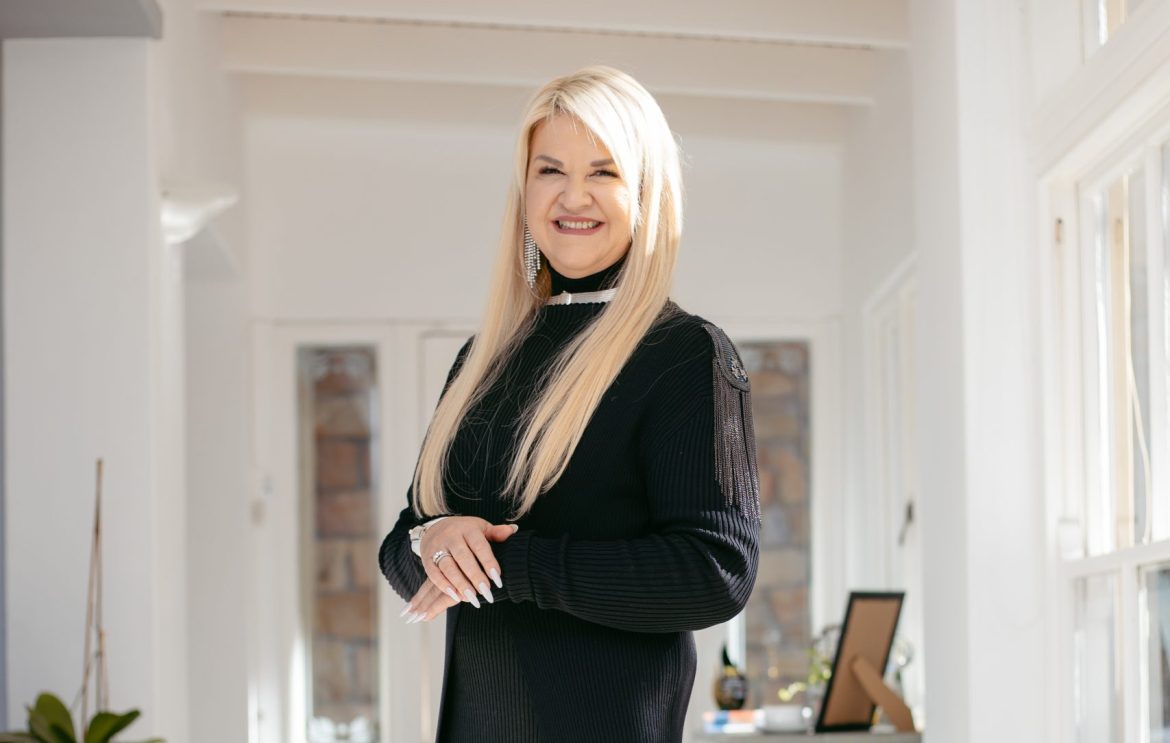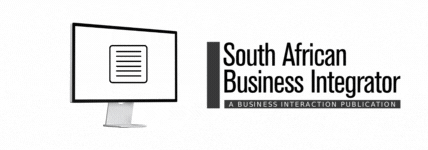Tarryn Leigh Solomons
As the owner and founder of Business Directive Contract Services (BDCS) and Miskyah.com, and author of Iron in Silk, Dr. Miskyah Toth is shaping the future of HR and leadership on the continent.
In this Women’s Month cover feature, she talks resilience, impact, and the power of paving your own way.
What is the core vision that drives your leadership at BDCS, and how has it evolved?
At BDCS, our core vision is to align workforce development with the dynamic demands of the supply chain, logistics, and distribution sectors. My leadership has always centred around empowering people -placing human capital at the heart of operational efficiency.
Over time, this vision has expanded from traditional HR practices into a holistic model that bridges workforce capability with infrastructure scalability. We’ve evolved into a company that not only recruits and develops talent, but strategically embeds that talent into the logistical heartbeat of our clients’ operations. The workforce is no longer a support function; it is the engine room of supply chain excellence.
What are the qualities that you believe define effective leadership today – especially for women?
Today’s leadership requires agility, empathy, and decisiveness. For women, especially those in supply chain and logistics, that means we must bring both intuition and resilience to the table. It’s not about mimicking traditional power dynamics, redefining them — building systems where collaboration and data-driven insights work hand in hand. Today’s effective leader must understand both people and processes.
She must be able to walk through a distribution centre and discuss performance metrics with operators while also engaging executives. Emotional intelligence is now as vital as operational intelligence.
How is BDCS helping companies navigate change and future-proof their workforce?
We are deeply invested in preparing companies for a workforce revolution. Our interventions begin with understanding operational goals in logistics and distribution; then, we build people strategies around those. This includes upskilling teams in warehouse automation, route optimisation technologies, and inventory systems, as well as ensuring that supervisors and managers are prepared to lead effectively in increasingly tech-enabled environments.
We also implement flexible workforce models, such as contract staffing and just-in-time labour solutions, to give our clients the agility needed in unpredictable markets. Our mission is to make the workforce not just ready, but indispensable, in driving future supply chain resilience.
What does earning naming rights at the Future of HR Awards signify for you and your team?
It was a profound acknowledgment of the role we play in reimagining HR within operational industries. For us, HR doesn’t sit in an office, it operates on the ground – alongside forklifts and tracking dashboards. Being acknowledged in that way validated the integration of workforce strategy into broader business logistics.
It shows that BDCS is not only setting standards in HR excellence, we’re also translating those standards into measurable gains in productivity, delivery timelines, and inventory management. This recognition energises our team to continue innovating at the intersection of HR and operations.
How have you ensured your coaching work leaves a lasting impact across Africa?
My coaching model is designed to create capacity that outlives the coach. I focus on growing leaders who can think and act strategically within their industry context — especially in emerging markets. Whether I’m working with a warehouse supervisor in Nairobi, or a distribution head in Accra, I focus on embedding practical leadership tools directly tied to key performance indicators (KPIs): delivery accuracy, turnaround times, staff retention, and system efficiency.
I also champion knowledge-sharing platforms, encouraging coached leaders to train others. That way, leadership spreads horizontally across the supply chain, rather than just vertically within the hierarchy.
Which transformation stories from your coaching journey stand out most to you?
I view coaching as a lifestyle, not just one-off encounters, although these surely form part of it. However, the most transformational impact is on members of my team, who have changed their belief systems to become the best version of themselves, achieving success and wearing the mantle of success daily – those who started as general workers in our company and are now in senior management roles today because they were willing to change and accept coaching daily. Now, they not only change the environment they live in, but they change environments and atmospheres wherever they go.
One of the most refreshing experiences for me was being invited as a keynote speaker to a women’s meeting by a non-profit organisation that could not afford my fees. However, they knew I was in the area and took a chance to see if I would address them at no cost, which I did. Little did I know that these ladies had been following me on social media for years and watching my videos to learn from me. This event showcased their various businesses, and I am proud to see the overcoming<??> determination of those who choose to grow.
What inspired you to write Iron in Silk, and what message do you hope resonates most?
Iron in Silk was born out of a seeming contradiction – the idea that strength and softness, leadership and empathy, logistics and intuition could coexist. It reflects my journey through boardrooms, warehouses, and rural training centres across Africa. I wanted to challenge the idea that women must conform to lead, especially in infrastructure-intensive industries like logistics and supply chain management.
I hope that readers — men and women alike — will walk away from the book realising that leadership is not a role, but a state of being. One that’s informed by courage, clarity, and compassion. Iron in Silk is a glimpse into my journey from poverty to wealth, and the core message is to transform our inner being and mind to become as strong and impenetrable as iron so that we not only survive in life but also thrive and enjoy the beauty and luxury of silk.
How do you maintain balance and clarity while leading at such a high level?
Structure and purpose are my anchors. I schedule time not just for meetings and operations but also for thinking, reflecting, and reconnecting with the reasons why I do this work. I draw energy from people —my team, the women I coach, the operators I visit in the field. I also protect my time.
That means saying no, outsourcing where possible, and trusting the capabilities of those I lead. Clarity emerges when you stop trying to control every detail and start focusing on the strategic levers that drive performance—especially in supply chain operations, where small efficiencies have a considerable ripple effect.
What kind of legacy are you most focused on building – for women and the industry?
I want to normalise female leadership in operations, not just in HR or admin, but in core logistical roles — fleet management, cold chain distribution, and cross-border coordination. I want young girls to grow up seeing women operating cranes, managing export schedules, and designing fulfilment systems.
Beyond that, I’m building a legacy of intentional transformation: businesses that understand that investing in people drives profitability. My legacy should be visible not only in the companies we help but also in the careers we ignite and the supply chains we future-proof.
What advice do you offer women navigating male-dominated spaces?
Stop trying to prove you belong — start showing why you lead. Own your perspective, because the difference is your advantage. Learn the technical language of your industry but don’t lose your authentic voice in the process. And always build alliances, especially with other women. In logistics and distribution, for example, collaboration is not optional — it’s how we move goods and people efficiently.
Apply the same thinking to your career: partner, communicate, and build credibility through competence. Then, leverage that credibility to mentor others. That’s how we open more doors and keep them open.
If you could change one thing in the business world, what would it be – and why?
I would eliminate the silo mentality, especially between HR and operations. Too often, people strategy is disconnected from operational goals. But in sectors like logistics, success depends on the seamless flow of goods and talent. If HR understood fleet performance and logistics leaders understood talent churn, we’d build more innovative, more agile companies. The future belongs to businesses that view the workforce as a strategic asset, not a back-office function. Changing this mindset can unlock extraordinary levels of efficiency and innovation across the entire supply chain.
At this stage in your career, who or what inspires you most?
I’m inspired by the silent heroes. These supply chain workers arrive before sunrise, warehouse managers solve problems on the fly, and HR officers deploy talent with precision in chaotic environments. These are the people holding economies together, often unseen.
I’m also inspired by African resilience — the capacity to build, innovate, and lead despite constraints. Every time I see a woman commanding a logistics operation, every time a small business optimises its route plan because of a conversation we had, I’m reminded that the real inspiration is in the transformation.



